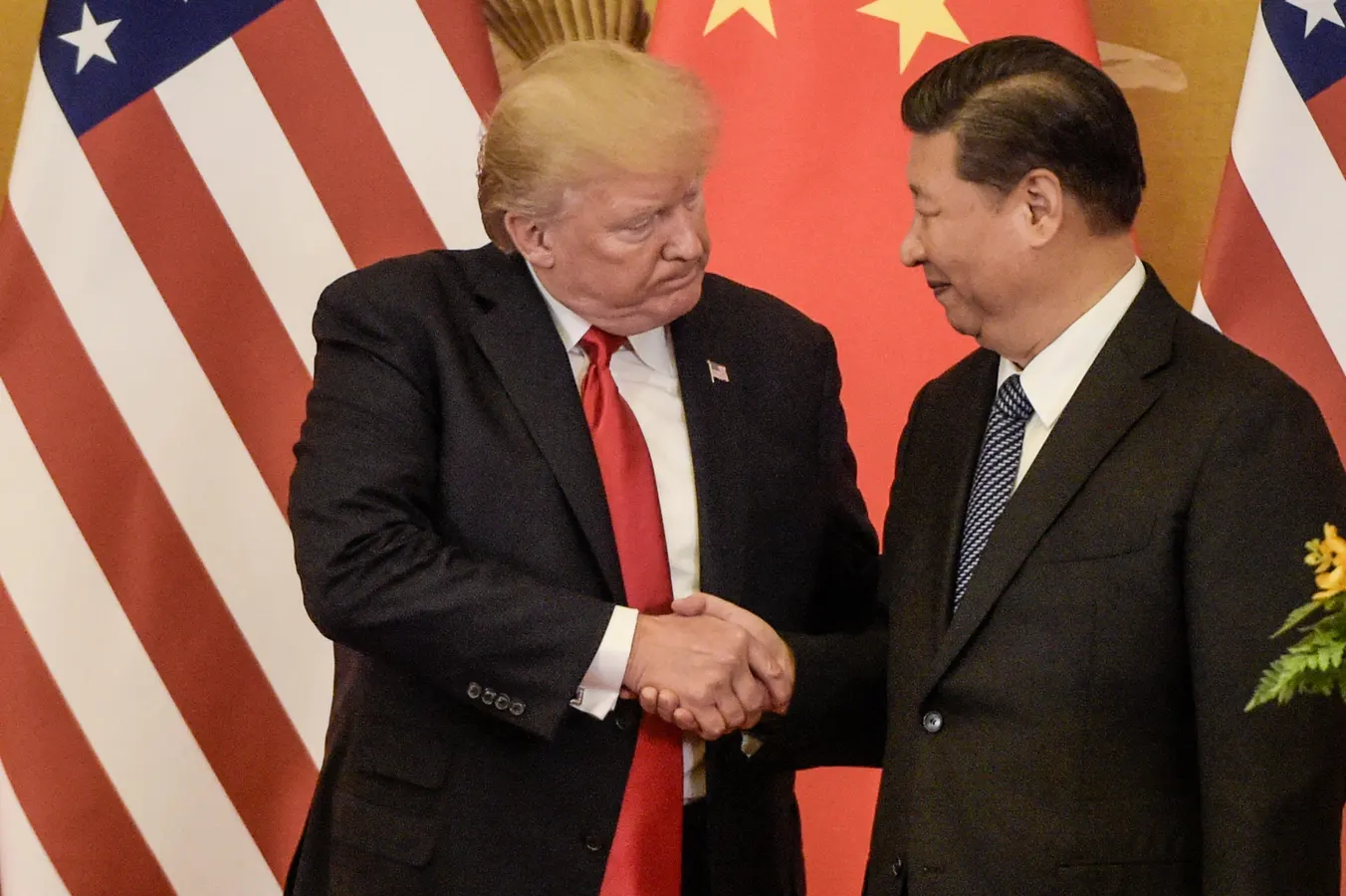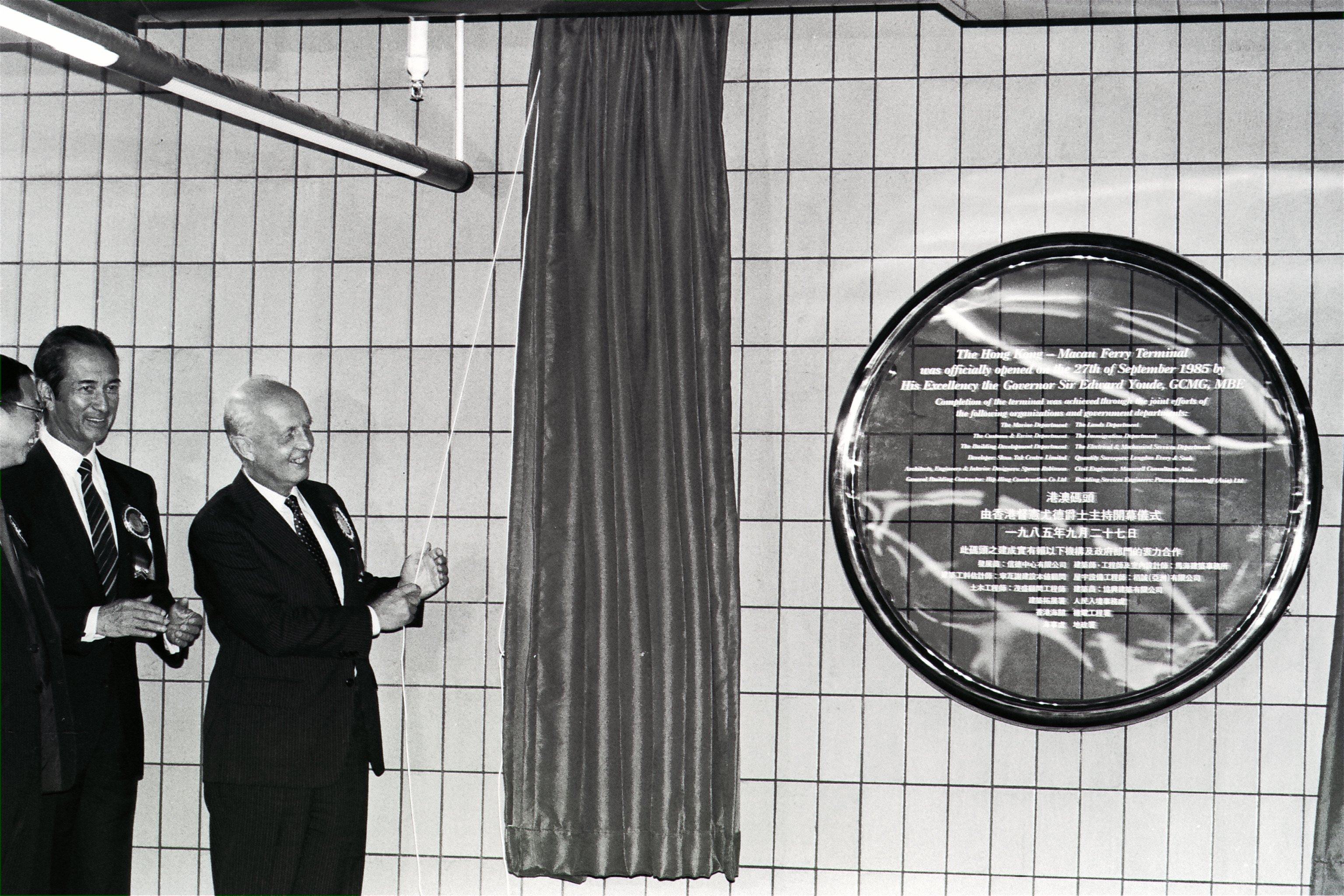Copyright forbes

The first time the two presidents met, Beijing on November 9, 2017. (Photo by FRED DUFOUR/AFP via Getty Images) AFP via Getty Images U.S. President Donald Trump will be meeting his Chinese counterpart, President Xi Jinping, this coming Wednesday in Busan, South Korea, ahead of the APEC summit. The U.S.-China relationship is now burdened with greater friction and ill will than at any time in recent years—or is it? In fact, Trump has been assiduous in avoiding a challenge to China’s geopolitical behavior, not offering criticism of China’s harassment of Philippine Coast Guard vessels, nor its overflights of Japanese-administered territories, nor its continued military build-out in the South China Sea. In the same vein, Trump does not raise U.S. security commitments to Taiwan or human rights. Notably, Trump makes an effort to compliment Xi personally, in stark contrast to his treatment of his domestic political opponent. In other words, Trump views Xi’s trade policies as a problem, but he does not seem to view China as a problem. Beyond trade, Trump also raises concerns about fentanyl to his list of issues, and now that China has responded to Trump’s tariffs, the trade issues have grown to include China’s threatened restrictions on rare earths metals. Keep these four points in mind as Trump and Xi meet. 1. For both leaders, trade is primarily a domestic political issue and not an economic issue. Whatever transpires in these talks, the most important result that each side must be able to show to its domestic audience is that it has predominated or established some type of accord. Both Trump and Xi must demonstrate that they have withstood the threats, insults, and economic pressure and have taken a stand for economic independence and national dignity. Stoicism and defiance are key elements of Chinese nationalism just as accusations and friction are an important part of Trump’s public persona. Like two dance partners, Trump’s eagerness to play the “bad cop” buttresses China's narrative. For its part, China is increasingly self-confident about its ability to defend against Trump’s policies; China’s halt of soybean purchases from the U.S. is an example of the price the U.S. pays for Trump’s moves. MORE FOR YOU 2. The best way to engage on bilateral trade is to take a step away from bilateral trade. The best way to induce better performance from China on a particular trade issue is for the U.S. to show that it is already achieving these results with other countries. In other words (to make up an example) if the U.S. wanted to get China to move to zero tariffs on the U.S. apples in exchange for the U.S. moving to zero tariffs on Chinese mangoes, the most effective mechanism would be to establish a similar agreement with Thailand. Then wait a few months and do it with Malaysia. Then wait a few months and do it with Japan. China does a good job of standing still on trade issues, but if the U.S. and other Asian countries start moving, China’s intransigence means it risks being marginalized. China is induced to move just to not lose ground. The ability to walk away from the table empowers U.S. negotiators. Unfortunately, the U.S. has already closed the door to most regional alternatives to China, playing into China’s hands. Worse for the U.S., China has shown that it has agility in trade issues and can develop its own initiatives in the region. For the first time in history, China has a greater ability to walk away from the table than the U.S. 3. Watch the second derivative: the pace of deterioration is slowing — perhaps even stabilizing. Each side has been escalating the costs of trade in the hopes of forcing the other side to move—a doomed strategy but perhaps with short-run domestic political benefits. Trump’s and Xi’s entire public identity is that each of them can push back against foreign pressure. The good news is that the leadership in the U.S. and China (and I suspect the two leaders themselves) understand the futility of open-ended escalation and are looking for an acceptable way to climb down. 4. Look for these three outcomes from Busan. As the U.S. downplays its traditional geopolitical concerns and emphasizes trade friction, the stage is set for incremental progress in Busan. Look for the following developments: – Standstill on escalation. No additional bad news. – Agreement on a summit or a state visit. Enough good will or diplomatic professionalism to keep the talks going. – Partial or complete reversal of the latest round of sanction. Trump may suspend part or all of his latest round of tariffs and China may suspend its ban on rare earth exports. Each side can declare a victory of sorts, and the markets in the U.S. respond. Editorial StandardsReprints & Permissions



